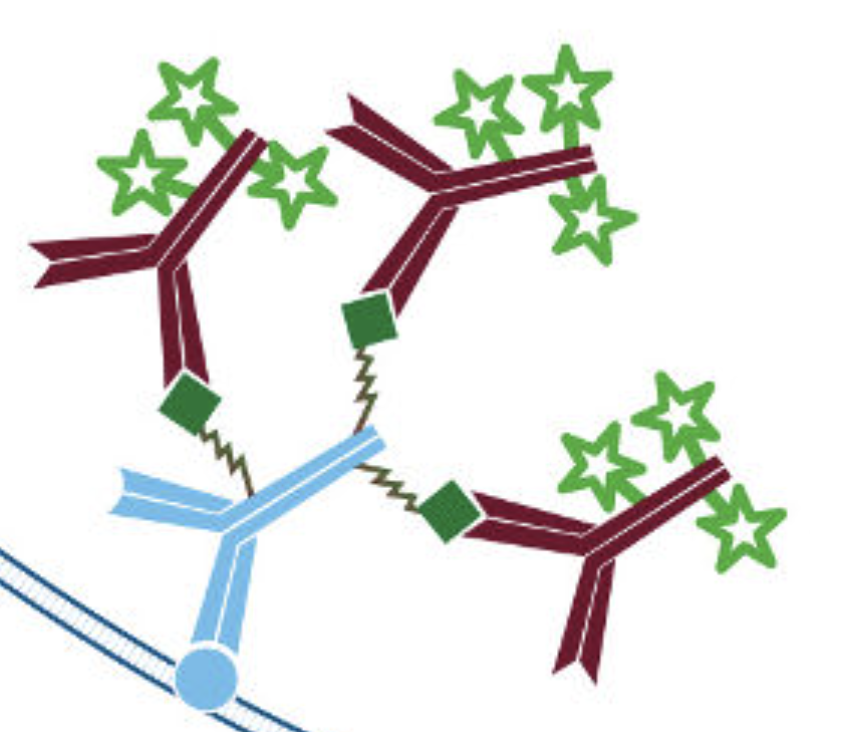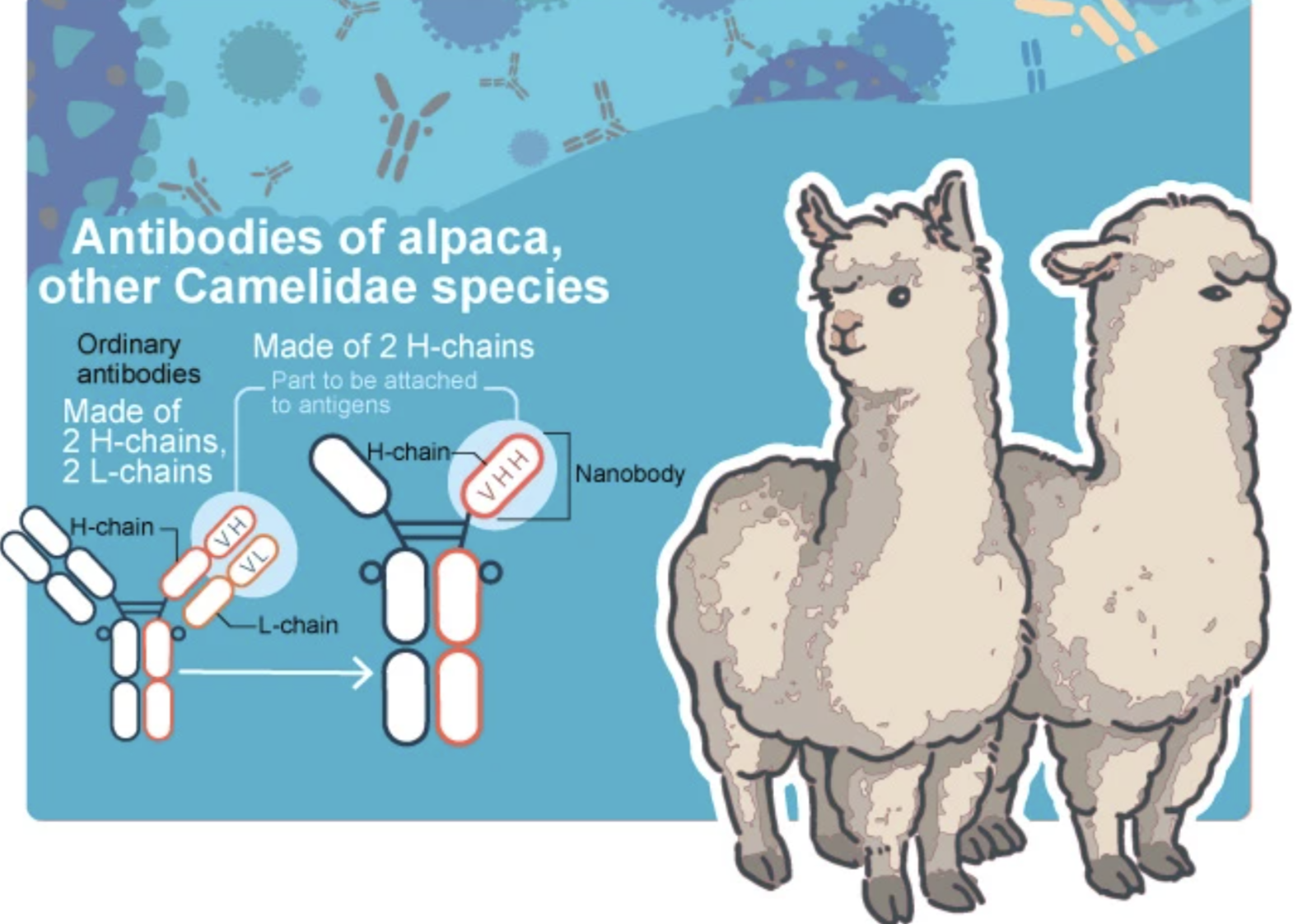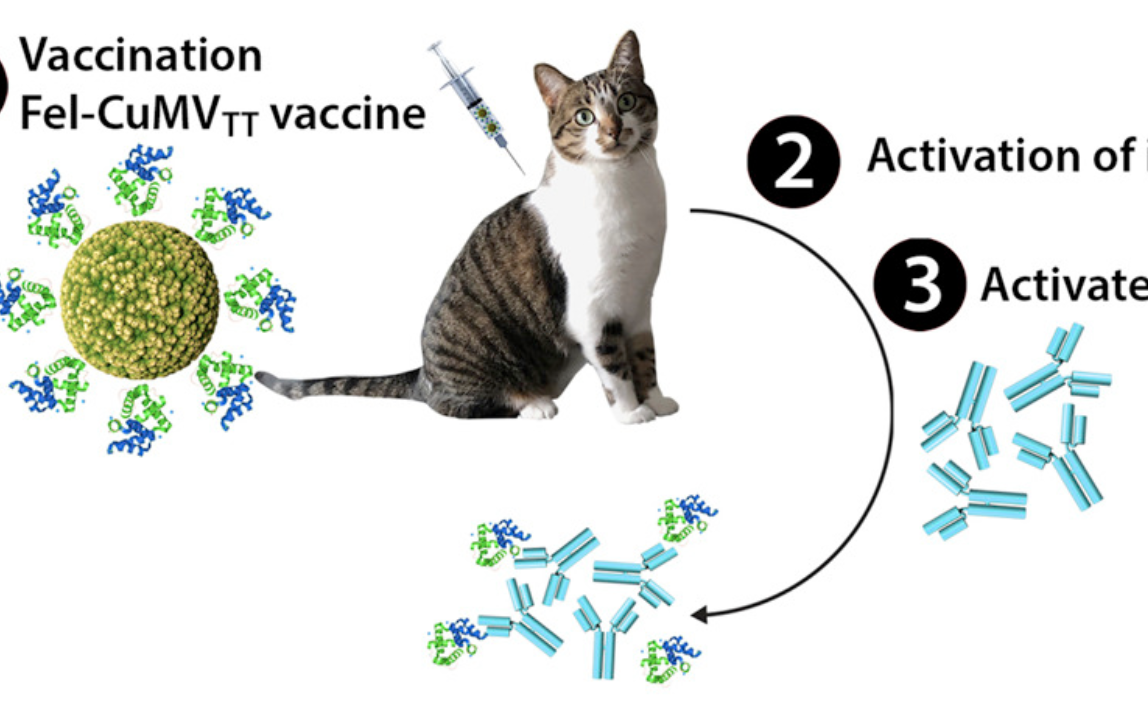Cat. No | MBA-048 |
Name | Rabbit anti-SP-1 Chromogranin A (Porcine) Antibody |
中文名字 | 兔抗SP-1嗜铬粒蛋白A(猪)抗体 |
Description | The antibody has a proven strong Biotin-Streptavidin/HRP staining at a 1/500-1/1000 dilution, in rat adrenal medulla and rat stomach. |
Clonality | Polyclonal |
Isotype | IgG |
Host | Rabbit |
Quantity/Volume | 50ul/100 µL |
State | Liquid Whole Serum/antibody |
Reacts With | Mouse, Rat |
Preabsorption Control | / |
Alternate Names | Pituitary secretory protein I; CgA; chromogranin A (parathyroid secretory protein 1), anti-SP-1 Chromogranin A |
RRID | AB_572226 |
Immunogen | This information is proprietary to Mabioway |
Gene Symbol | CHGA |
Entrez Gene ID | Entrez Gene: 102413232 Buffalo |
NCBI Gene Aliases | / |
Sequence | 403993 |
APPLICATION | |
Quality Control | The antibody produces significant immunofluorescent staining and significant Biotin/avidin-HRP staining at a 1/500–1/1,000 dilution. |
Tissue | Rat adrenal medulla and stomach (antrum) |
Perfusion Fixation | • Fixative: 4% paraformaldehyde in 0.1 M Phosphate buffer, pH 7.4; 500 mL over 20-30 min. |
Absorption Control | |
Sections | 10 µm cryostat |
Tissue Incubation | 18–24 hours at 2°–8°C |
Detection System | Use Cy3 or Bn-AV/HRP reagents at dilutions recommended by the manufacturers. |
Suggested Dilution | 1/500–1/1,000 in PBS/0.3% Triton X-100–Bn-AV/HRP immunohistochemistry |
NOTES | |
Special Instructions | It is recommended that the researcher perform a primary antibody dilution series using our dilution recommendations as a guideline. Note that a change in the fixation or buffering system from our protocol may change the configuration of the protein which could alter the reactivity with the tissue tested. |
Concentration | Not applicable. Antibody concentration is only relevant for purified antibodies. |
Storage | After reconstitution, use immediately or refrigerate at 2º–8ºC up to 2 days. For long-term storage, aliquot antibody and freeze at -15°C or lower. Avoid repeated freeze/thaw cycles |






